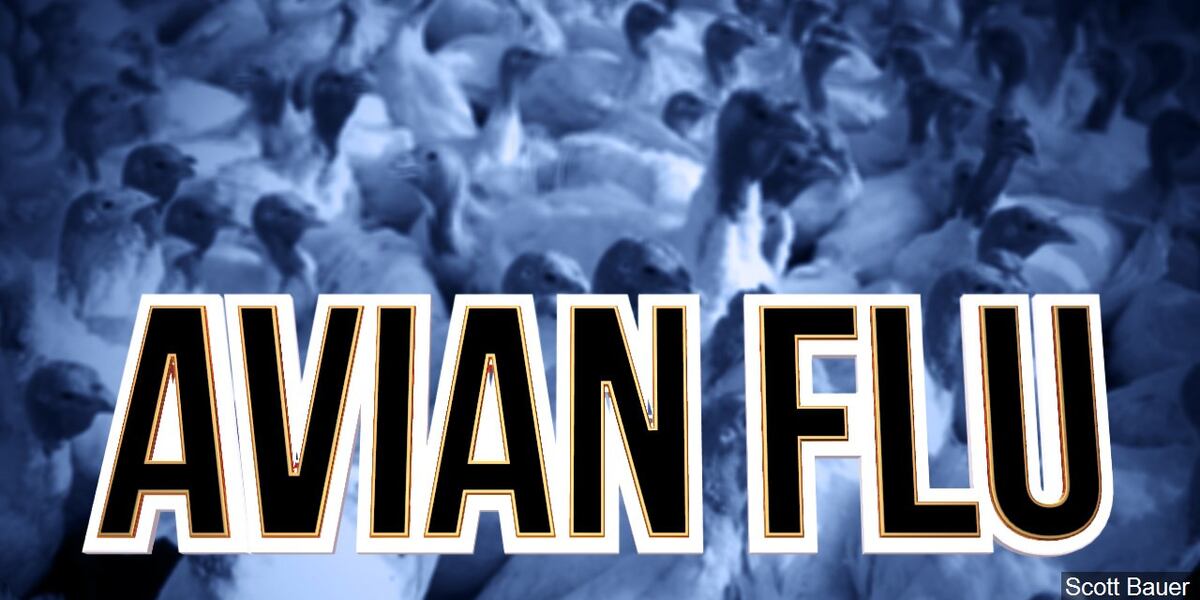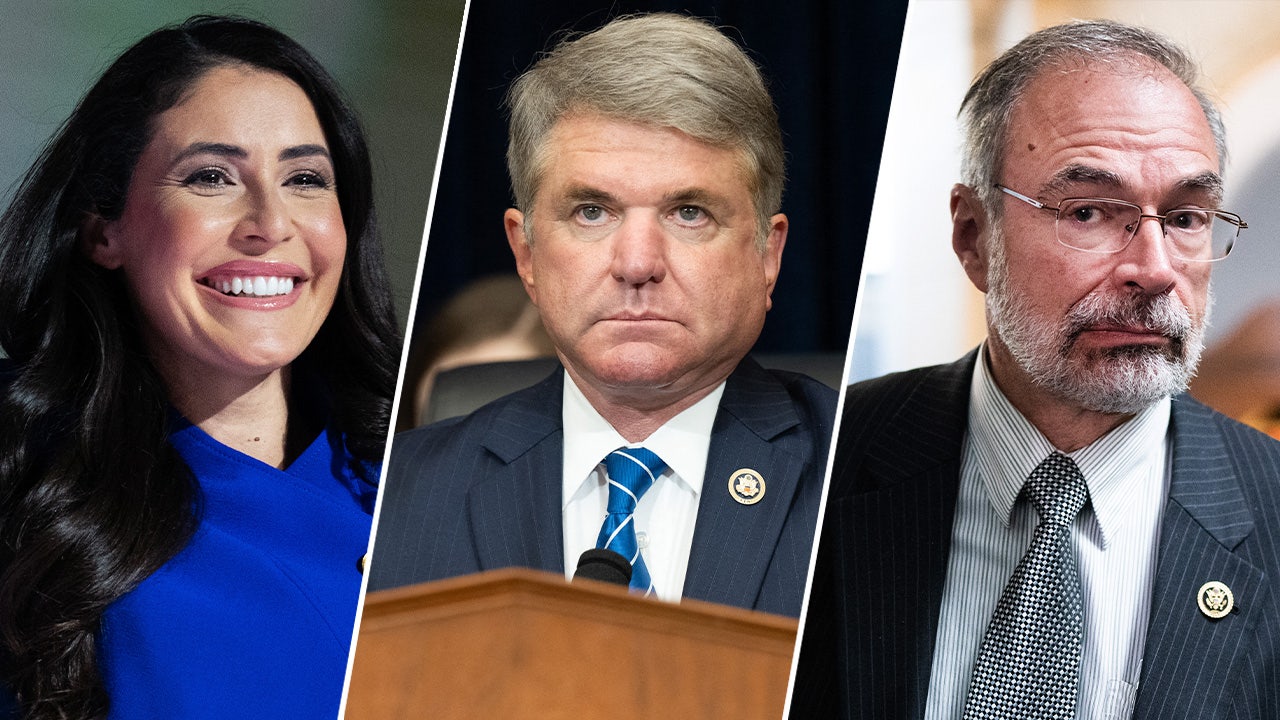Nebraska
Nebraska vs. Maryland Predictions & Picks – January 27

Saturday’s contest between the Nebraska Cornhuskers (15-5, 5-4 Big Ten) and Maryland Terrapins (12-8, 4-5 Big Ten) squaring off at Xfinity Center has a projected final score of 71-70 (based on our computer prediction) in favor of Nebraska, so it should be a competitive matchup. The game will tip off at 12:00 PM ET on January 27.
There is no line set for the matchup.
Watch live college basketball games from all over the country, plus ESPN originals and more NCAA hoops content on ESPN+!
Sportsbook Promo Codes
Nebraska vs. Maryland Game Info & Odds
- Date: Saturday, January 27, 2024
- Time: 12:00 PM ET
- TV: Big Ten Network
- Where: College Park, Maryland
- Venue: Xfinity Center
Place your bets on any college basketball matchup at BetMGM, and sign up with our link for a first-time deposit bonus!
Nebraska vs. Maryland Score Prediction
- Prediction:
Nebraska 71, Maryland 70
Spread & Total Prediction for Nebraska vs. Maryland
- Computer Predicted Spread: Nebraska (-1.0)
- Computer Predicted Total: 141.4
Maryland’s record against the spread so far this season is 7-11-0, and Nebraska’s is 12-6-0. The Terrapins are 5-13-0 and the Cornhuskers are 12-6-0 in terms of hitting the over. Over the last 10 games, Maryland is 5-5 against the spread and 6-4 overall while Nebraska has gone 7-3 against the spread and 8-2 overall.
Bet on this or any college basketball matchup at BetMGM
Other Big Ten Predictions
Nebraska Performance Insights
- The Cornhuskers’ +171 scoring differential (outscoring opponents by 8.6 points per game) is a result of putting up 78.6 points per game (78th in college basketball) while giving up 70.0 per outing (130th in college basketball).
- Nebraska wins the rebound battle by 3.0 boards on average. It collects 39.1 rebounds per game, 57th in college basketball, while its opponents pull down 36.1.
- Nebraska knocks down 9.6 three-pointers per game (23rd in college basketball), while its opponents have made 8.6 on average.
- Nebraska forces 10.9 turnovers per game (260th in college basketball) while committing 10.8 (110th in college basketball).
Rep your team with officially licensed college basketball gear! Head to Fanatics to find jerseys, shirts, and much more.
Not all offers available in all states, please visit BetMGM for the latest promotions for your area. Must be 21+ to gamble, please wager responsibly. If you or someone you know has a gambling problem, contact 1-800-GAMBLER.
© 2023 Data Skrive. All rights reserved.

Nebraska
Great News: American Burying Beetle Makes a Comeback in Nebraska’s Loess Canyons

Once believed to be on the verge of extinction, the American burying beetle (Nicrophorus americanus) has shown signs of recovery in southwestern Nebraska’s Loess Canyons. According to a study published in Biological Conservation, the region has witnessed a population increase, marking the first positive trend for the species since it was listed under the Endangered Species Act in 1989.
A Fragile Icon of Ecosystem Health
The American burying beetle, measuring up to five centimeters, is North America’s largest carrion beetle. Its role as a scavenger is vital to ecosystem health, as it cleans up vertebrate carcasses and recycles nutrients. Yet, the species has struggled due to shrinking grassland habitats and the decline of small to mid-sized wildlife species that serve as its primary food source.
Historically present in 35 states and three Canadian provinces, the beetle’s range has contracted to isolated areas in just 10 U.S. states, including Oklahoma, Arkansas, and Nebraska. The Loess Canyons, a 130,000-hectare expanse in southwestern Nebraska characterized by steep hills and mixed-grass prairies, has become a surprising sanctuary for the species.
Quick Facts About the American Burying Beetle
- Size: Up to 5 cm
- Diet: Vertebrate carcasses weighing 100–200 grams
- Habitat: Moist, treeless grasslands
- Key Threats: Habitat loss, invasive species, and declining prey availability
The Role of Invasive Species and Habitat Restoration
One of the beetle’s biggest threats has been the encroachment of eastern red cedar trees (Juniperus virginiana), which have transformed historically treeless prairies across the Great Plains. Without fire to control their spread, these fast-growing trees displace native grasses and degrade habitats critical for a wide variety of wildlife.
Research led by Caleb Roberts, a U.S. Geological Survey ecologist, shows that the beetles thrive in grasslands where tree cover is minimal—ideally less than 10 trees per hectare. Even minor encroachments of trees or agricultural land can cause beetle populations to plummet.
In the Loess Canyons, a coalition of over 100 private landowners, along with organizations like Nebraska Game and Parks Commission, Pheasants Forever, and the U.S. Department of Agriculture’s Natural Resources Conservation Service, has tackled the problem head-on. Since 2002, they have reintroduced controlled burns to eliminate invasive red cedars, restoring grasslands to their historical state.
Habitat Restoration Impact in the Loess Canyons
| Metric | Pre-Restoration | Post-Restoration |
|---|---|---|
| Tree cover density | > 25% in some areas | |
| Beetle population (2007) | 168 | — |
| Beetle population (2019) | — | 196 |
| Grassland cover (%) | ~60% | ~75% (target for doubling beetle numbers) |
How Beetles Signal Broader Success
For the beetles, a more diverse prairie offers not only better burrowing conditions but also increased access to appropriately sized carcasses, including birds like bobwhites and small mammals. Thomas Walker, a wildlife biologist with Nebraska Game and Parks, emphasizes that the landowners driving these efforts are critical to the beetle’s success. “Ultimately, they’re the ones that are leading the success on all of this,” he says.
The collaboration demonstrates the potential of targeted conservation strategies to reverse declines in not just one species, but entire ecosystems. The American burying beetle’s comeback signals broader recovery in grassland biodiversity, providing a blueprint for addressing other conservation challenges across the Great Plains.
The study was published in Biological Conservation.
Got a reaction? Share your thoughts in the comments
Enjoyed this article? Subscribe to our free newsletter for engaging stories, exclusive content, and the latest news.
Nebraska
New Years Recap: Looking back on Nebraska’s biggest political headlines

LINCOLN, Neb. (KOLN) – 2024 was a big year in politics. It saw Donald Trump re-elected to the White House, and in Nebraska, there was no shortage of drama. 10/11 NOW wanted to take a look at some of the top moments from the last 366 days.
Some major bills took to the Unicameral floor in the 2024 legislative session, like the controversial Sports and Spaces Act, which would have banned trans athletes from participating in high school athletics. That failed to get a filibuster-proof majority.
“As they say on the farm, it’s a hammer looking for a nail,” said State Sen. Merv Riepe after he declined to support it. “I support girls sports, but I don’t think we’ve got a problem to solve.”
A similar bill will likely come up again in 2025. Gov. Jim Pillen was dissatisfied with the movement on the property tax relief front.
“Enjoy half time,” Pillen said to state senators at the very end of the 2024 session. “We’ll see you here again soon.”
Pillen called a special session and rolled out his playbook, but as senators rolled up their sleeves in the heat of August, things didn’t go to Pillen’s plan. Only modest relief trickled out.
“I think this is good progress,” said Sen. Lou Ann Linehan at the end of the special session. “Not enough, but good progress.”
A shock visit from U.S. Senator Lindsey Graham at a closed-door meeting raised the specter of a last-minute change to the state’s splitting of electoral votes.
It was also busy year at the ballot box, with voters weighing in on a number of measures mandating paid sick leave and legalizing medical marijuana. Nebraska also kicked a “school choice” law to the curb and enshrined a 12-week abortion ban into the state’s constitution.
A surprisingly close race for the U.S. Senate pitted industrial mechanic Dan Osborn against incumbent Deb Fischer.
“I want to be a voice for workers because less than 2% of our elected officials come from in the House and Senate come from the working class, so I want to change that dynamic,” Osborn said.
Now, Fischer, with a roughly 7 point lead in the end, looks ahead to her third term facing a turbulent world.
“We’ve seen an increase in chaos around this world, not just in the Middle East, not just in Ukraine, but at our southern border,” Fischer said.
Some notable Nebraskans immersed themselves in that chaos. State Sen. Tom Brewer toured the battered Ukraine frontlines for his fourth time, relaying his finding to the U.S. Congress.
“The fight here is a fight for democracy,” Brewer said. “If we let democracy die here in Ukraine, nobody’s safe.”
And students at the University of Nebraska-Lincoln protested the continuing war in Gaza.
Click here to subscribe to our 10/11 NOW daily digest and breaking news alerts delivered straight to your email inbox.
Copyright 2024 KOLN. All rights reserved.
Nebraska
Avian flu case found in commerical flock in southeast Nebraska

LINCOLN, Neb. (WOWT) – The Nebraska Department of Agriculture confirmed another HPAI case on Tuesday.
The latest case of highly pathogenic avian influenza, known as HPAI, was found in a a commercial broiler flock in Johnson County, located in southeast Nebraska.
The latest report — the state’s sixth case detected this year — comes almost two weeks after the Nebraska officials reported two cases in backyard flocks. All but one of the Nebraska cases have been reported this month; the first case of the year was reported in Februrary.
Iowa also recently reported an additional case, found in a commercial egg-laying flock in O’Brien County, located in the northwest part of the state, near Sioux Center. The case, reported on Dec. 14, was Iowa’s fourth H5N1 HPAI case detected this month. A total of eight cases have been reported in the state this year.
HPAI symptoms can include birds that aren’t drinking water, are suffering from incoordination, or lacking energy or appetite; decreased egg production or laying eggs that are soft-shelled or misshapen; or birds with nasal discharge, coughing, sneezing, and diarrhea.
Wild birds can also be succeptible to the virus, but Nebraska officials have previously noted that migratory birds can carry the virus without becoming sick at all.
—
Get a first alert to breaking news delivered to your inbox. Sign up for First Alert 6 email alerts.
Copyright 2024 WOWT. All rights reserved.
-
/cdn.vox-cdn.com/uploads/chorus_asset/file/25672934/Metaphor_Key_Art_Horizontal.png)
/cdn.vox-cdn.com/uploads/chorus_asset/file/25672934/Metaphor_Key_Art_Horizontal.png) Technology1 week ago
Technology1 week agoThere’s a reason Metaphor: ReFantanzio’s battle music sounds as cool as it does
-

 News1 week ago
News1 week agoFrance’s new premier selects Eric Lombard as finance minister
-

 Business7 days ago
Business7 days agoOn a quest for global domination, Chinese EV makers are upending Thailand's auto industry
-

 Health4 days ago
Health4 days agoNew Year life lessons from country star: 'Never forget where you came from'
-
/cdn.vox-cdn.com/uploads/chorus_asset/file/24982514/Quest_3_dock.jpg)
/cdn.vox-cdn.com/uploads/chorus_asset/file/24982514/Quest_3_dock.jpg) Technology4 days ago
Technology4 days agoMeta’s ‘software update issue’ has been breaking Quest headsets for weeks
-

 World1 week ago
World1 week agoPassenger plane crashes in Kazakhstan: Emergencies ministry
-

 Politics1 week ago
Politics1 week agoIt's official: Biden signs new law, designates bald eagle as 'national bird'
-

 Politics5 days ago
Politics5 days ago'Politics is bad for business.' Why Disney's Bob Iger is trying to avoid hot buttons




















